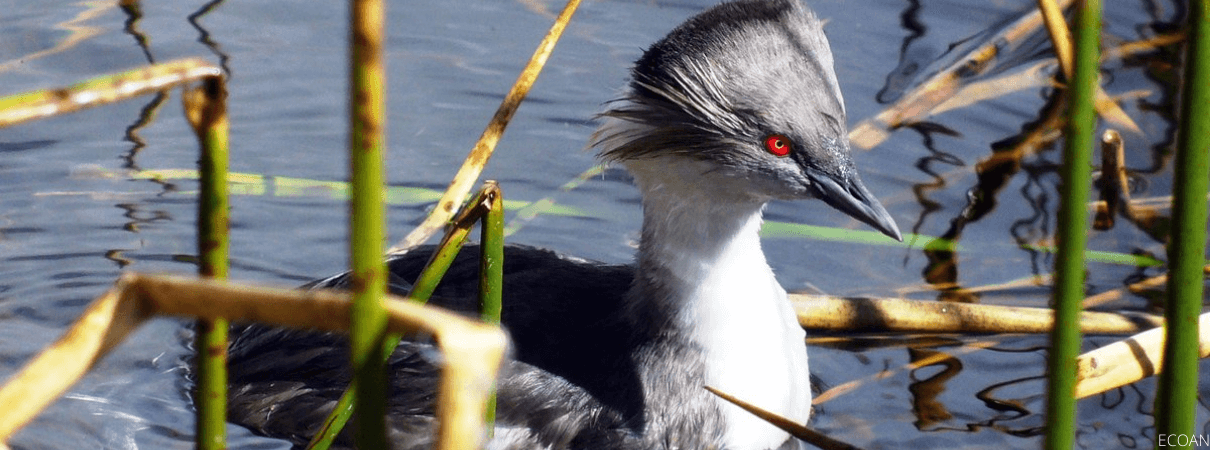IUCN Red List Update Brings Good News, Some Warnings
Conservation efforts paid off for species previously considered Critically Endangered, including Peru's endemic Junin Grebe.
Each year, the International Union for Conservation of Nature (IUCN) evaluates the status of species on its Red List of Threatened Species, a key listing that ranks most of the worlds' species by conservation need. This evaluation measures carefully chosen criteria, such as each species' population size and trend. The 2020 update brought some welcome news: In the Americas, an important group of species that ABC and our partners have worked to protect have lowered threat status. A few others, however, moved to a higher threat category.
First, the good news: Conservation efforts paid off for three species previously considered in the highest threat category, Critically Endangered (CR). Peru's endemic Junin Grebe and two hummingbirds — Black-breasted Puffleg of Ecuador and Glittering Starfrontlet of Colombia — dropped to the lower threat category of Endangered (EN). ABC partners have protected reserves for the two hummingbirds and worked to reduce nesting area loss around the grebe's lake habitat.

Nine species ABC partners have protected changed from EN to less dire Vulnerable (VU) and Near Threatened (NT) status, indicating that dedicated conservation and careful monitoring have had a positive impact. Two of these, the Long-whiskered Owlet and Yellow-eared Parrot, have benefited from ABC's flagship conservation programs with our Peruvian partner Asociación Ecosistemas Andinos, in the case of the owlet, and Fundación ProAves in Colombia, for the parrot.
For some ABC focal species, though, ramped-up efforts are needed to turn the tide. Three species with which ABC and partners have recently begun conservation efforts shifted from EN to CR status, indicating they are more threatened than previously thought. For one of these, the Lilacine Amazon parrot in Ecuador, ABC and partner Fundación de Conservación Jocotoco have recently initiated projects with local communities to protect roost areas and reduce poaching. For the other two, the Santa Marta Sabrewing hummingbird and Great Green Macaw, ABC and partners have created reserves, but more work is needed to ensure adequate habitat is protected.
Some species for which ABC has yet to begin conservation efforts jumped to more-threatened categories. These include the Perijá Starfrontlet hummingbird that occurs at the border between Venezuela and Colombia and the Santa Marta Foliage-gleaner of Colombia, as well as these island birds: the Great White Heron, Bahama Warbler, and St. Lucia Oriole. The heron, still considered by some experts to be an all-white Great Blue Heron subspecies, also occurs in southern Florida in the U.S. These species will be priorities for ABC and our partners' work in the near future.

Parrots in Peril
The 2020 IUCN Red List update has moved four New World parrot species — the Great Green Macaw, Lilacine Amazon, Orange-fronted Parakeet, and Black-billed Amazon — to higher threat categories. All are threatened by habitat loss, direct persecution, or capture for the pet trade. Over half of New World parrots are classified as Near Threatened, globally threatened, or extinct, but thanks to targeted conservation by ABC and partners, 12 of these species, including the Lear's Macaw, Blue-throated Macaw, and Yellow-eared Parrot, have stabilized or increased their populations.
 | David Wiedenfeld is ABC's Senior Conservation Scientist. |


















































